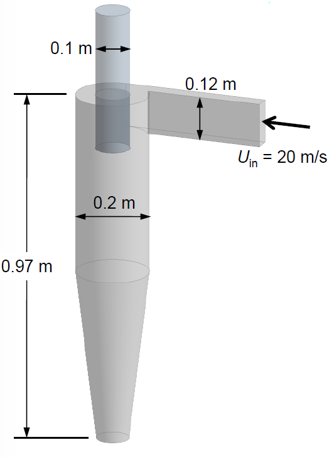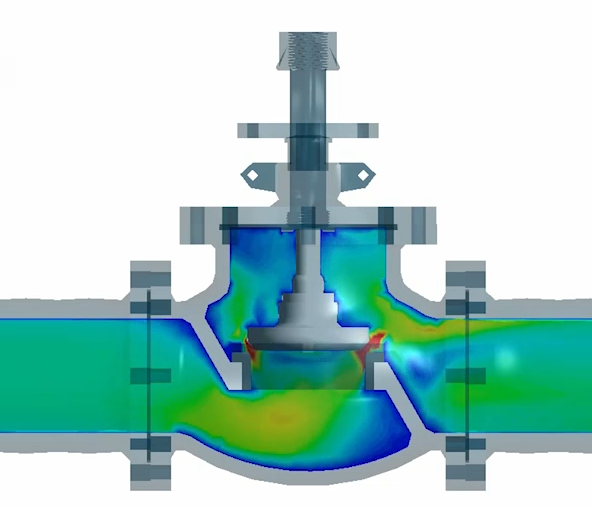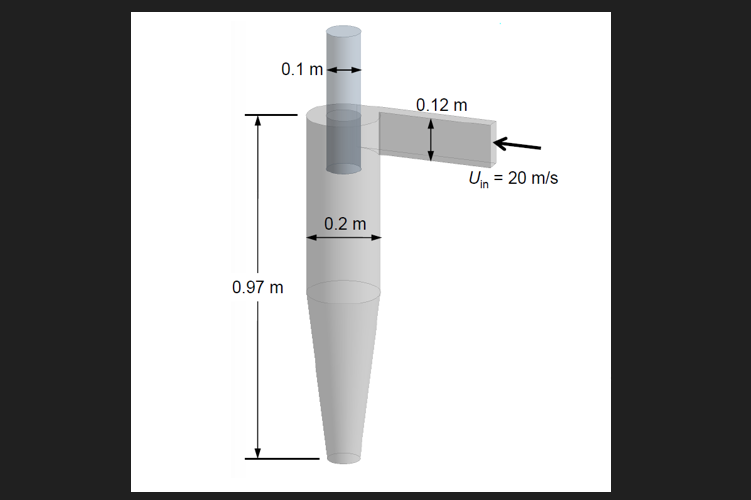Fluid_new post
new post is coming.
new post is coming.


At Streamline, we’re always pushing the limits and exploring new areas in engineering analysis. Our recent CFD animation explored the transient turbulent flow around buses compared to HCVs. Utilizing the Large Eddy Simulation (LES) turbulent model, we meticulously crafted a visualization that provides invaluable insights into the aerodynamics of these vehicles.What sets our simulation apart…

In the world of engineering, understanding turbulence is crucial. Whether it’s optimizing pipe flows, designing efficient jets, crafting aerodynamic marvels in automotive and aircraft sectors, or exploring climate modeling complexities, turbulence plays a pivotal role.So, what exactly is turbulence? Simply put, all flows, when they exceed a critical Reynolds number (UL/ν), transition from orderly laminar…

Here’s a brief case study on conducting a CFD simulation involving a dynamic mesh to model the opening and closing of a valve. The objective is to illustrate how the flow velocity changes inside the valve. Initially, the mesh used was coarse, but refinement is preferred for better accuracy and resolution.
In a previous discussion, we delved into the complexities of turbulence. Now, let’s explore the turbulent models commonly employed in industrial simulations.One of the main turbulent models often used is the 𝑘 − 𝜀 (k-epsilon) model. This model is a two-equation turbulence model that solves for the turbulent kinetic energy (𝑘) and its dissipation rate…

Large Eddy Simulation (LES) is another important turbulent modeling approach. LES is a more computationally intensive technique compared to Reynolds-Averaged Navier-Stokes (RANS) models like 𝑘−𝜀 or 𝑘−𝜔.In LES, the large turbulent structures in the flow are resolved directly, while the smaller scales of turbulence are modeled. This makes LES particularly suitable for capturing the unsteady,…

Cyclones are cylindrical chambers with a tangential inlet that swirls polluted air, driving particulate matter towards the chamber’s walls. CFD are crucial for understanding airflow patterns and pollutant deposition inside cyclones. These simulations involve solving equations and predicting particle trajectories. Inside cyclones, swirling motion creates a vortex, guiding particles downwards towards the outlet. Larger particles…